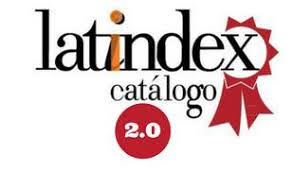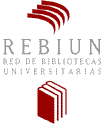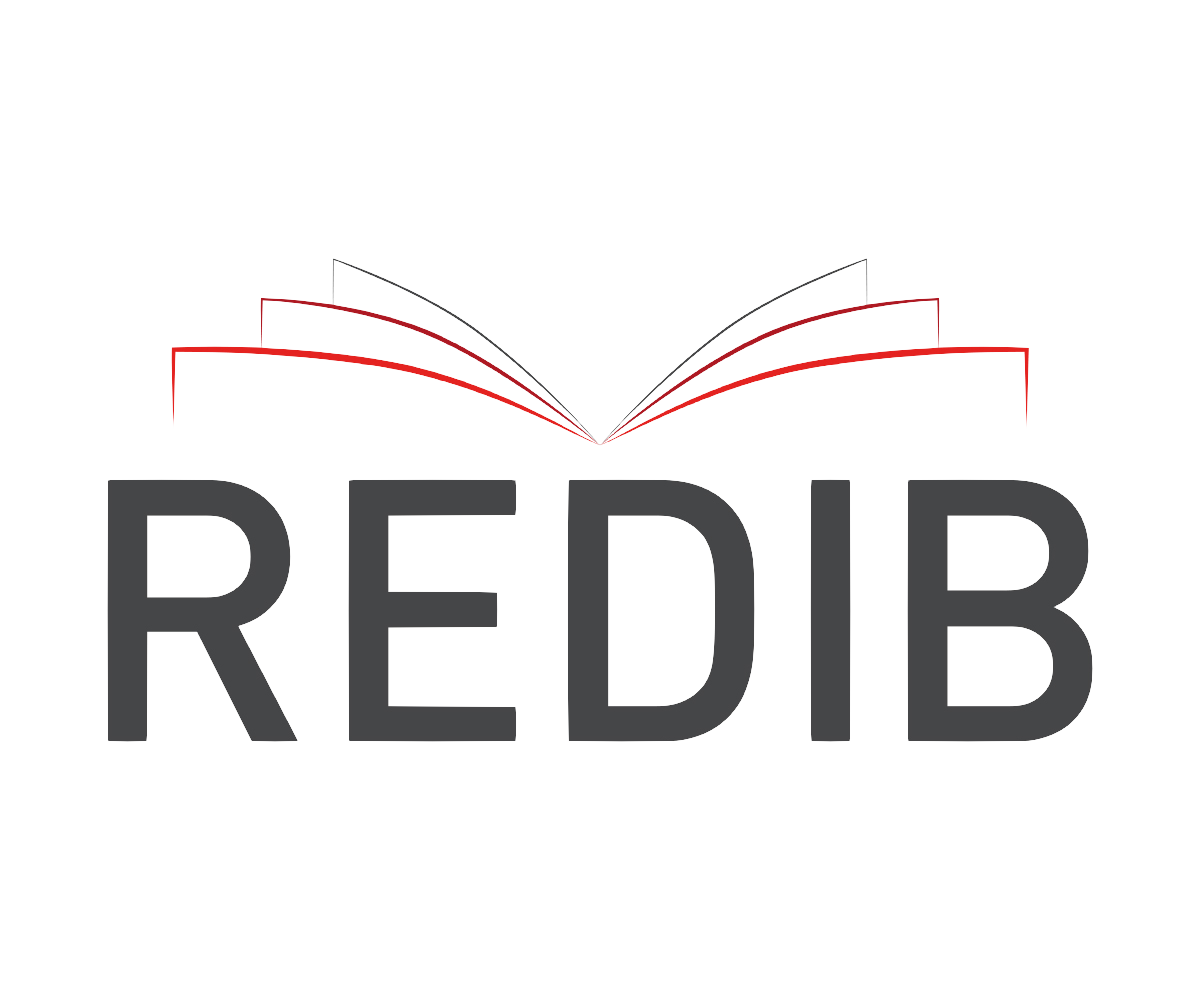Determination of the construction cost of the different classifications for a sustainable dwelling in the city of Cuenca, Ecuador.
DOI:
https://doi.org/10.22320/07190700.2017.07.02.03Keywords:
economic viability, single-family dwellings, costs of sustainable practices, initial cost, Cuenca-EcuadorAbstract
In Ecuador, a high percentage of homes have environmental failures due to the lack of customary incorporation of comfort and energy efficiency criteria, which demonstrates the need to implement sustainable strategies in construction processes. This study analyzes a single-family dwelling in the city of Cuenca (Ecuador), and determines the referential construction costs (per square meter) of the different sustainability levels that the home could attain in comparison with a conventional counterpart. The research was carried out in three stages: (1) the development of an appropriate methodology to identify costs; (2) a qualitative study on the perception of sustainable housing; and (3) a quantitative study of construction costs and Ecuadorian Added Value (VAE). The different sustainable housing options were classified on a scale from A to C depending on the number of strategies incorporated, while conventional housing was classified as D. It was concluded that compared to conventional housing, sustainable dwellings present a cost increase of 33.14% (A), 15.56% (B), and 4.32% (C), and a VAE reduction of 15.75%, 4.01% and 3.74%, respectively
Downloads
References
ASAMBLEA NACIONAL DEL ECUADOR. Constitución de la República del Ecuador 2008. Montecristi: Asamblea Nacional del Ecuador, 2008.
ASSAD, Minass, et al. Green building design in Egypt from cost and energy perspectives. Architectural Engineering and Design Management, 2013, vol. 11, no 1, p. 21-40.
BAQUERO, M.Teresa y QUESADA, Felipe. Eficiencia Energética en el Sector Residencial de la ciudad de Cuenca, Ecuador. Maskana, 2016, vol. 7, no. 2, pp. 147-165.
BARBIER, Edward B. The concept of sustainable economic development. Environmental conservation, 1987, vol. 14, no 02, p. 101-110.
BARTLETT, Ed; HOWARD, Nigel. Informing the decision makers on the cost and value of green building. Building Research & Information, 2000, vol. 28, no 5-6, p. 315-324.
CALLE, Andrea y ORTIZ, Jessica. Evaluación del consumo energético en la fase de uso de la edificación residencial en Cuenca. Diseño de estrategias para un modelo de vivienda eficiente. Tesis de Pregrado, Universidad de Cuenca, 2016.
CÁMARA DE LA CONSTRUCCION DE CUENCA. Boletín Técnico: noviembre 2016. Cuenca: Cámara de la Construcción de Cuenca, 2016.
DAVIS LANGDON. The Cost of green in NYC 2009. [Consulta 10 de octubre de 2015]. Disponible en: http://www.davislangdon.com/upload/images/publications/USA/CostˍStudyˍNYCˍ10.02.09.pdf/.
FULLBROOK, D., JACKSON, Q. y FINLAY, G. Value Case for Sustainable Building in New Zealand. Wellinton: Ministry fot the Environment, 2005.
GUNAWANSA, Asanga; KUA, Harn Wei. A comparison of climate change mitigation and adaptation strategies for the construction industries of three coastal territories. Sustainable Development, 2014, vol. 22, no 1, p. 52-62.
HWANG, Bon-Gang; TAN, Jac See. Sustainable project management for green construction: challenges, impact and solutions. En World Construction Conference 2012–Global Challenges in Construction Industry, 2012, no. June, pp. 171-179.
HYDES, Kevin R.; CREECH, Laura. Reducing mechanical equipment cost: the economics of green design. Building Research & Information, 2000, vol. 28, no 5-6, p. 403-407.
Instituto Nacional de Estadística y Censos. Resultados del Censo 2010 de población y vivienda en el Ecuador. Quito: Instituto Nacional de Estadística y Censos, 2010.
Instituto Nacional de Estadística y Censos. Encuesta de Empleo, Desempleo y Subempleo - ENEMDU. Quito: Instituto Nacional de Estadística y Censos, 2015.
IS SOLUCIONES. Interpro módulo de Ofertas 2010 (versión 2.5.1) [Software]. [Consulta: 18 de diciembre de 2016]. Disponible en: http://www.interpro.ec/index.php/descargas/modulos-de-software.
JOHN, Godfaurd; CLEMENTS-CROOME, Derek; JERONIMIDIS, George. Sustainable building solutions: a review of lessons from the natural world. Building and environment, 2005, vol. 40, no 3, p. 319-328.
KATS, Gregory; ALEVANTIS, Leon. The costs and financial benefits of green buildings: a report to California's sustainable building task force. Sustainable Building Task Force, 2003.
KATS, Gregory; BRAMAN, J. y JAMES, M. Greening our built environment: Costs, benefits, and strategies. Washington, DC: Island Press, 2010.
KIBERT, Charles J. The next generation of sustainable construction. Building Research & Information 2007, vol. 35, p. 595-601.
KNEIFEL, Joshua. Life-cycle carbon and cost analysis of energy efficiency measures in new commercial buildings. Energy and Buildings, 2010, vol. 42, no 3, p. 333-340.
LÜTZKENDORF, Thomas; LORENZ, David. Sustainable property investment: valuing sustainable buildings through property performance assessment. Building Research & Information, 2005, vol. 33, no 3, p. 212-234.
Metodología de Evaluación Vivienda Sustentable y Segura Cuenca. [en línea]. [Consulta: 8 marzo 2017]. Disponible en: http://viviendasustentablecuenca.com/certificacion/metodologia/.
Ministerio de Desarrollo Urbano y Vivienda. Plan Estratégico Institucional 2016 - 2017. Quito: Ministerio de Desarrollo Urbano y Vivienda, 2016.
Ministerio Coordinador de Sectores Estratégicos. Balance Energético Nacional 2015. Quito: Ministerio Coordinador de Sectores Estratégicos, 2015.
Ministerio de Ambiente del Ecuador. Proyecto de Adaptación del Cambio Climático a través de una Efectiva Gobernabilidad del Agua (PACC) [en línea]. [Consulta: 2 octubre 2016]. Disponible en: http://www.pacc-ecuador.org/cambio-climatico/causas-del-cambio-climatico/.
MOLINA, Eduardo y ORELLANA, Diana. Sustentabilidad de Agua en viviendas de la ciudad de Cuenca. Tesis de magister inédita. Universidad de Cuenca, 2017.
NILSON, M. L. Quantifying the cost impacts of LEED-NC Gold construction in New York city. Senior Honor Thesis, Lafayette College, Easton, PA, 2005.
ONEILL, Kirstie J.; GIBBS, David C. Towards a sustainable economy? Socio-technical transitions in the green building sector. Local Environment, 2014, vol. 19, no 6, p. 572-590.
PENELLA, Francisco. Uso y aplicación de las pruebas Wilcoxon y U de Mann Whitney [en línea]. [Consultado 10 de agosto de 2016]. Disponible en: https://es.scribd.com/doc/131017815/Uso-y-Aplicacion-de-Las-Pruebas-de-Wilcoxon-y-U-de-Mann-Whitney-DR-PENELLA.
QUESADA, Felipe. Métodos de evaluación sostenible de la vivienda: Análisis comparativo de cinco métodos internacionales. Hábitat Sustentable, 2014, vol. 4, no 1, p. 56-67.
RAMOS, Eduardo y ZÁRATE, Roberto. Prueba de Wilcoxon de Rangos señalados y pares igualados para dos muestras Dependientes [en línea]. [Consulta: 8 febrero 2017]. Disponible en: http://www.ray-design.com.mx/psicoparaest/index.php?option=com_content&view=article&id=249:prueba-wilcoxon&catid=53:pruebasnopara&Itemid=62.
REDIN, Andrés. 2015. El Impulso a la Producción Nacional a partir del Sistema de Preferencias en la Contratación Pública, el Valor Agregado Ecuatoriano y sus Aplicación. Estudio 10 [en línea]. [Consulta: 3 febrero 2017]. Disponible en: http://www.estudio10.com.ec/item/el-impulso-a-la-produccion-nacional-a-partir-del-sistema-de-preferencias-en-la-contratacion-publica-el-valor-agregado-ecuatoriano-y-su-aplicacion.html.
REHM, Michael; ADE, Rochelle. Construction costs comparison between ‘green’and conventional office buildings. Building Research & Information, 2013, vol. 41, no 2, p. 198-208.
Servicio Nacional de Contratación Pública. Criterios y la Metodología para la aplicación de preferencias por Valor Agregado Ecuatoriano (VAE) por producto correspondiente a los umbrales definidos para los Códigos del Clasificador Central de Productos (CPC) utilizados en los procedimientos de Contratación Pública para la adquisición de Bienes, [Resolución No. RE-SERCOP-2015-031]. Quito: SERCOP, 2015a.
Servicio Nacional de Contratación Pública. Metodología para la definición de una Oferta como Ecuatoriana en los procesos de Adquisición de Bienes y Presentación de Servicios, [Resolución No. RE-SERCOP-2015-033]. Quito: SERCOP, 2015b
UMAR, Usman Aminu; KHAMIDI, Mohd Faris y TUKUR, Hassan. Sustainable Building Material for Green Building Construction. Management in Construction Research Association. Postgraduate Conference, Kuala Lumpur, Malasia, 20 de octubre de 2012.
UNEP SBCI. Buildings and climate change: Summary for decision-makers. United Nations Environmental Programme, Sustainable Buildings and Climate Initiative, Paris, 2009, p. 1-62.
Vivienda Sustentable y Segura Cuenca. [en línea], 2017. [Consulta: 7 marzo 2017]. Disponible en: http://viviendasustentablecuenca.com/.
WILCOXON, Frank. Individual comparisons by ranking methods. Biometrics bulletin, 1945, vol. 1, no 6, p. 80-83.
Downloads
Published
How to Cite
Issue
Section
License
The content of articles which are published in each edition of Habitat Sustentable, is the exclusive responsibility of the author(s) and does not necessarily represent the thinking or compromise the opinion of University of the Bio-Bio.
The author(s) conserve their copyright and guarantee to the journal, the right of first publication of their work. This will simultaneously be subject to the Creative Commons Recognition License CC BY-SA, which allows others to share-copy, transform or create new materials from this work for non-commercial purposes, as long as they recognize authorship and the first publication in this journal, and its new creations are under a license with the same terms.

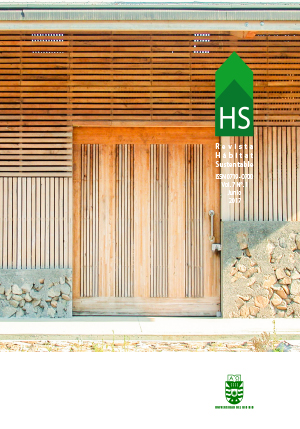
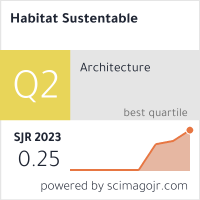






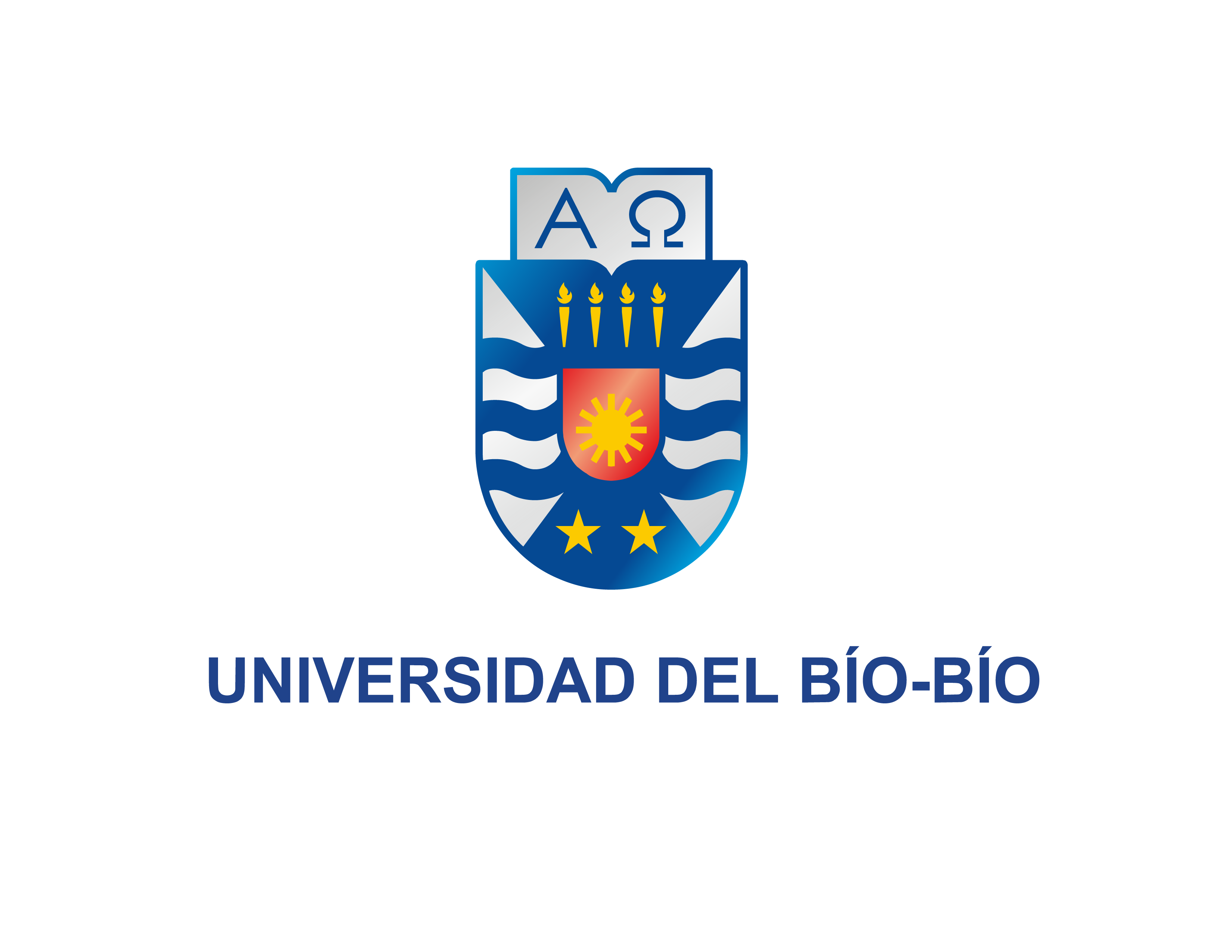
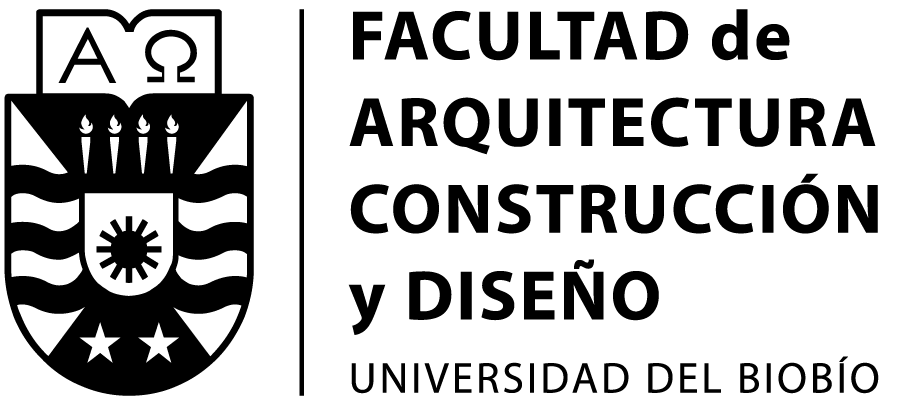
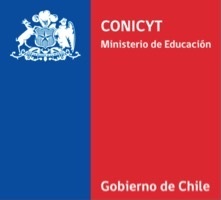 Scientific Information Program/Concurso Fondos de Publicación de Revistas Científicas 2018/ Proyecto Mejoramiento de Visibilidad de Revistas UBB (Código:FP180007).
Scientific Information Program/Concurso Fondos de Publicación de Revistas Científicas 2018/ Proyecto Mejoramiento de Visibilidad de Revistas UBB (Código:FP180007).
